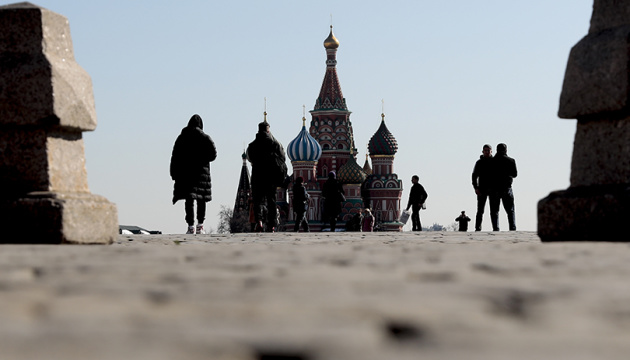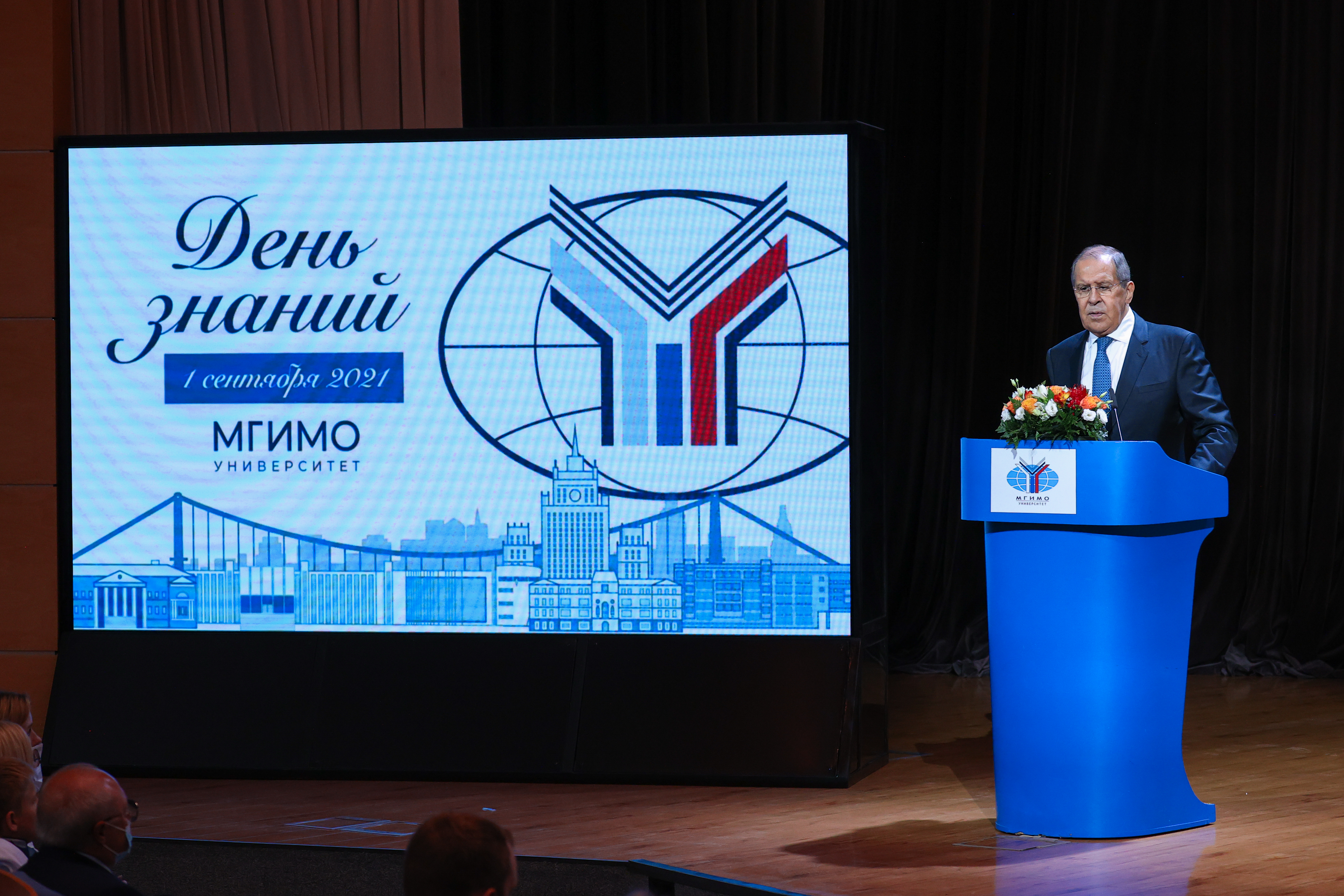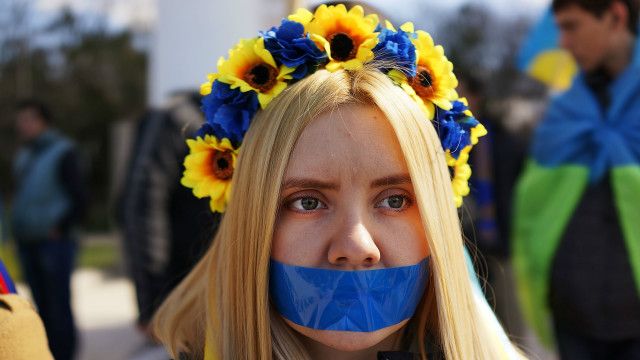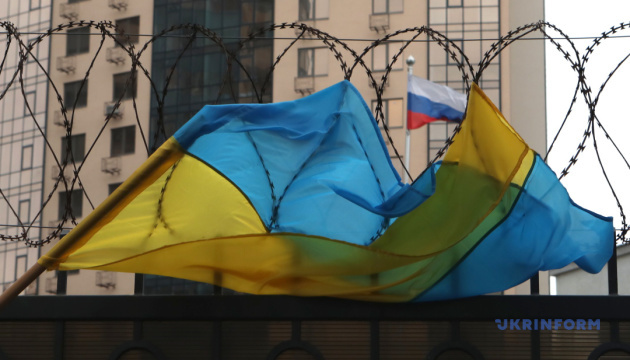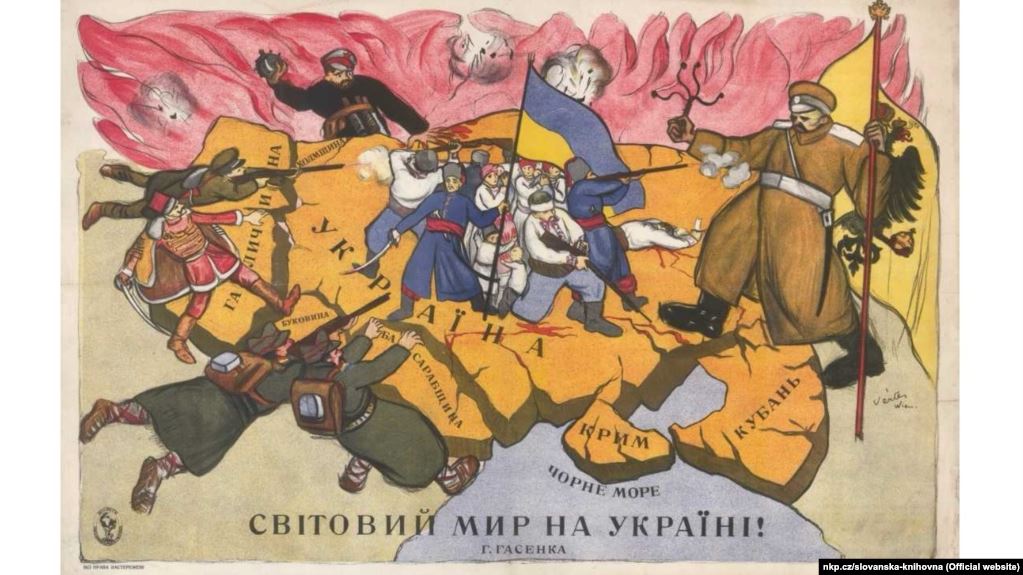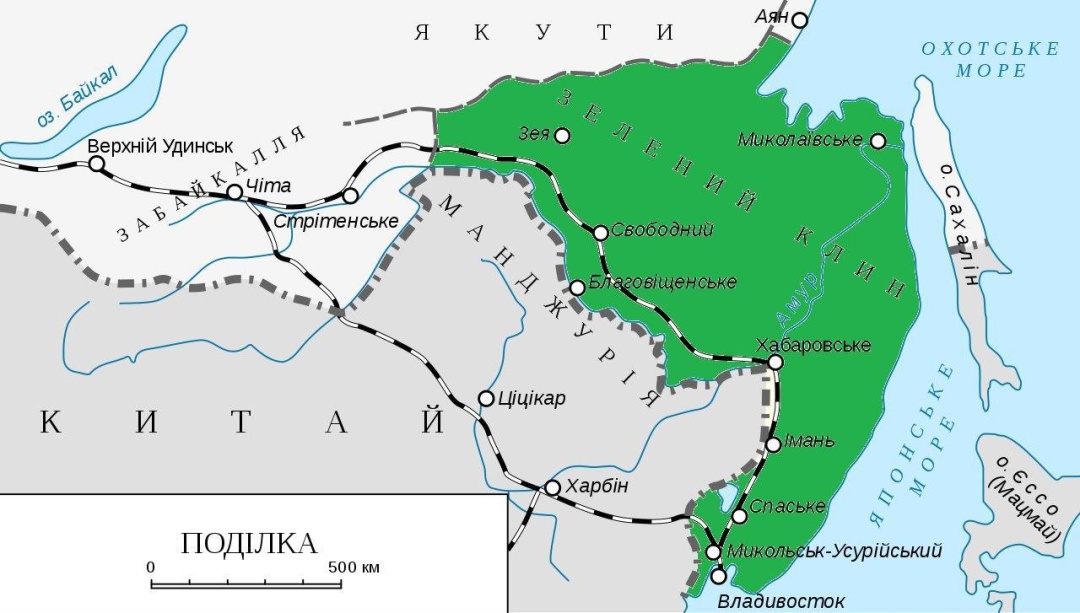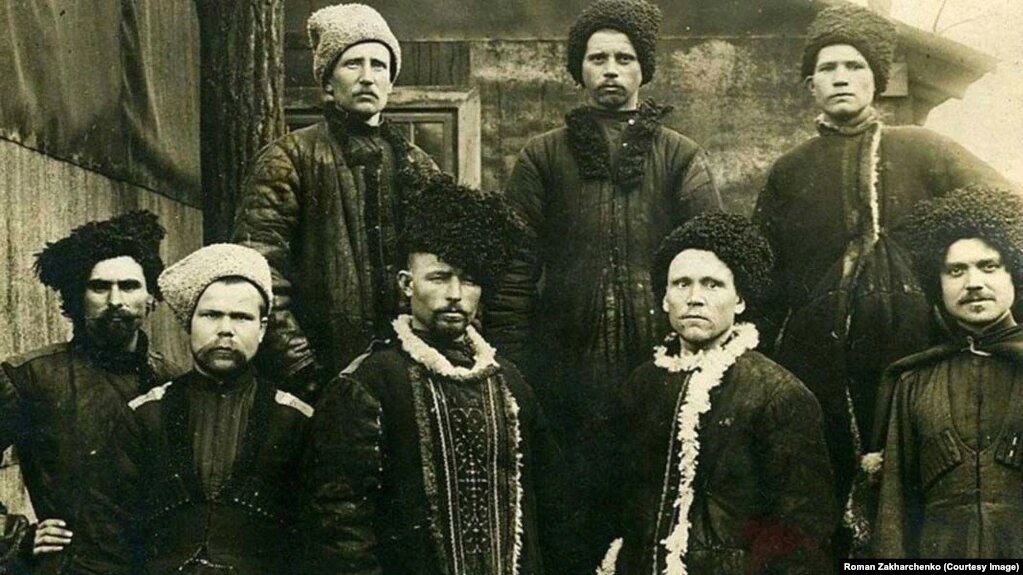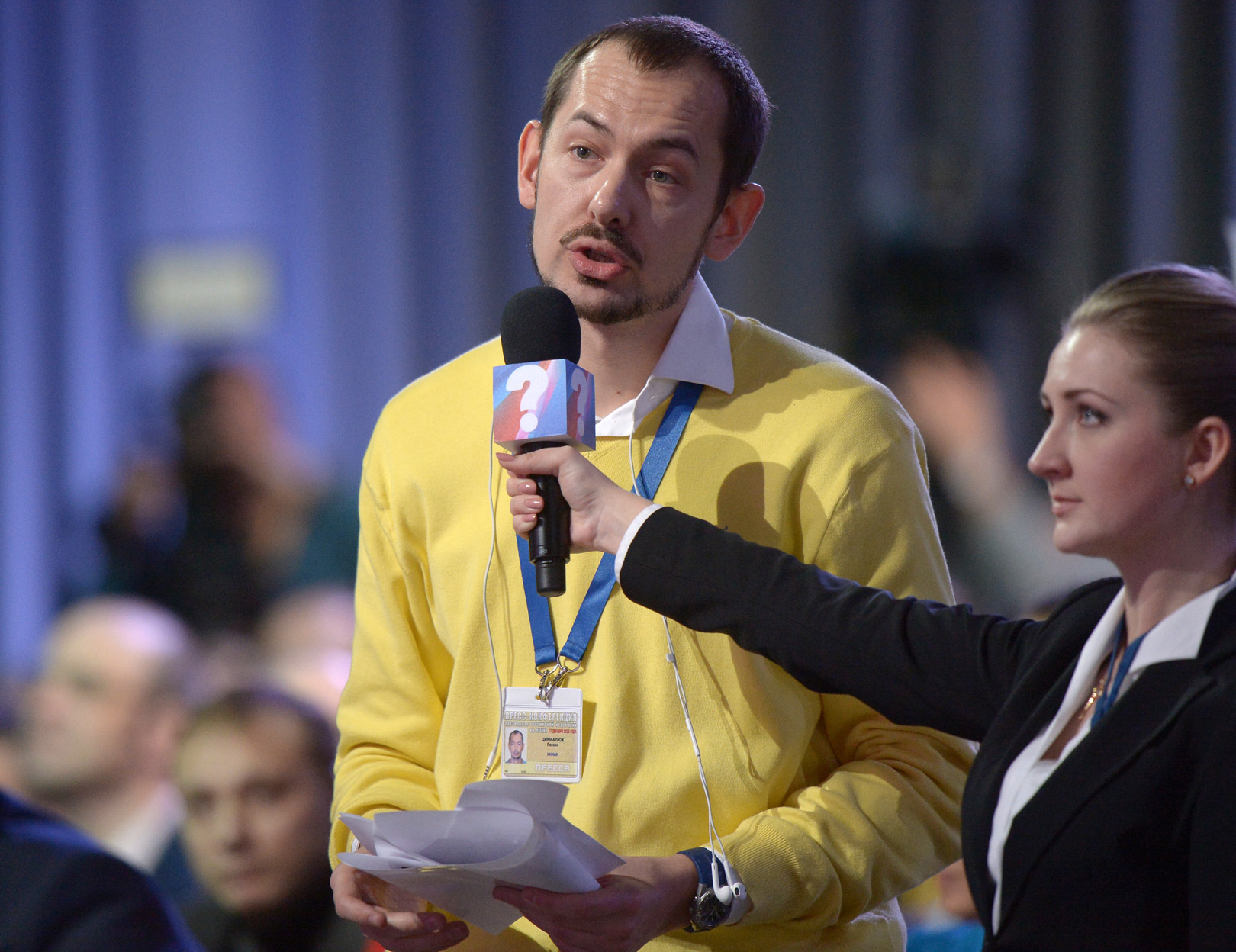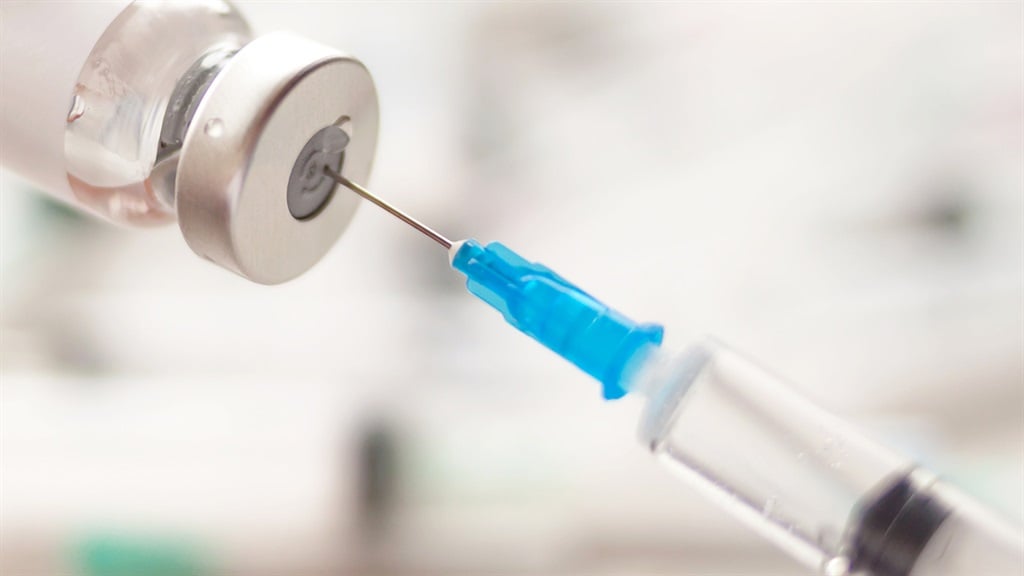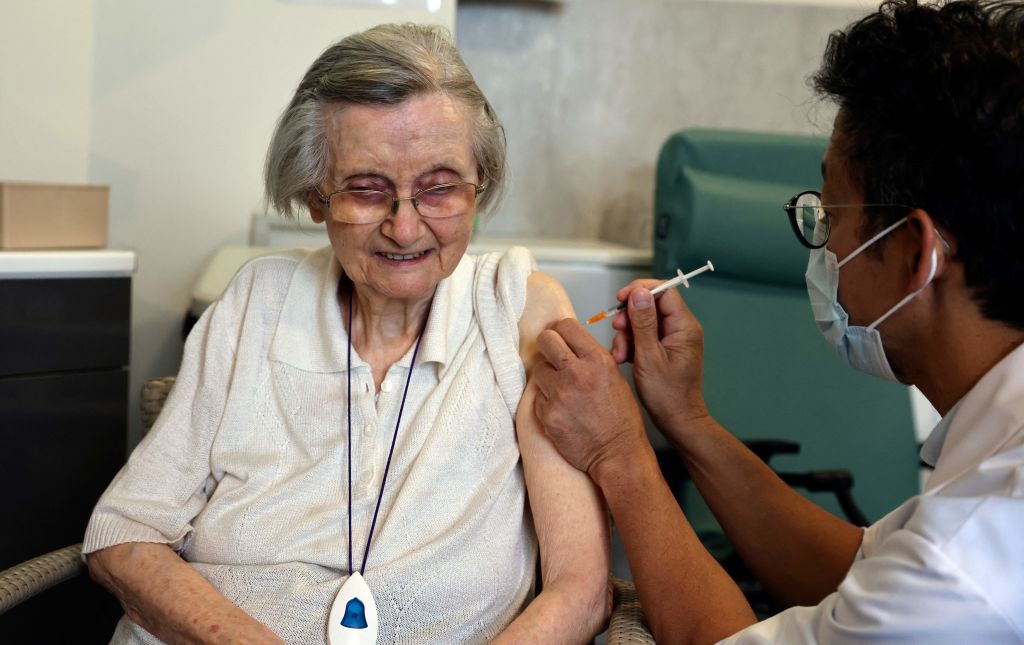Jamie Ross, Noga Tarnopolsky
Tue, September 14, 2021

Hai Shoulian/Facebook
One of Israel’s top anti-vaxx activists has died of COVID-19, two days after posting a final message to his followers that ordered them to “keep fighting” against the shot that could have saved his life.
Hai Shoulian, 57, spent much of the pandemic organizing protests against coronavirus rules—including mask mandates and Israel’s vaccine-passport scheme, the Green Pass. He lost his life to COVID-19 on Monday morning after spending 10 days at Tel Aviv’s Wolfson Medical Center.
His brother, Avi, told The Daily Beast that his family felt like they had been torn apart, as he headed to his brother’s funeral on Tuesday. “Our dad used to say that every table has four legs and we were four, that was our family motto,” he said, tearfully. “And since yesterday we’re three.”
Avi said his brother’s death certificate lists the coronavirus as the cause of death. He said he decided to speak to the media to encourage his brother’s followers to take the vaccine “and save their lives.” The brother added: “I wish I managed to convince him to save his own life.”
In his last Facebook post, Hai Shoulian complained about how awful his symptoms were, but remained defiant against the vaccine.
In a video showing him receiving oxygen support, he wrote: “I’m in a very bad shape, it is serious... If I take the oxygen out I can’t walk three meters. I can’t talk or respond to people. It took me about an hour to figure out who I am. Where am I and what am I doing here... Lack of oxygen is a terrible thing.”
Despite his condition, he managed a final stand against Israel’s Green Pass, saying: “It has nothing to do with the coronavirus. It has nothing to do with vaccines. It has to do with coercion... Keep fighting.”
The anti-vaxxer’s traditional name, Hai, is intended to protect its bearer—it means “alive” in Hebrew. In his final message, he signed off: “I believe that I will make it through this, with God’s help. In my estimation it will take another two weeks, maybe three.”
Two days later, he died from the virus.
When he first fell sick last week, Shoulian claimed that police had poisoned him after he was arrested during a protest against the Green Pass. “I’m telling you, this is an attempt to wipe me out and if something happens to me know that’s exactly what happened,” he said.
Shoulian went bankrupt at the start of the coronavirus pandemic, according to his younger brother. He blames that for his brother’s decision to become a prominent anti-vaccine campaigner. “If his business had been in good shape, I still think he probably wouldn’t have gotten vaccinated,” Avi said, “but he wouldn’t have been out on the street protesting. He’d have been busy with work.”
Despite the cause listed on his brother’s death certificate, Avi tried to convince the police to order an autopsy of Shoulian’s body to rule out foul play, saying: “Another thing I suspect—and it is only a suspicion—is that he could have been poisoned not by the police but by someone else.”
Shoulian is survived by his mother, three children from a first marriage, his second wife, Yulia Kaprera, and her young son, who is entering the first grade.
National case numbers have been rising in Israel since the end of July. Only 17 percent of eligible Israelis remain unvaccinated, but they account for 65 percent of all cases of serious COVID illness, according to statistics released by the Israeli ministry of health on Tuesday.
Veronica Wolski, QAnon supporter at center of ivermectin firestorm, dies of COVID-related pneumonia at Chicago hospital

Veronica Wolski, QAnon supporter at center of ivermectin firestorm, dies of COVID-related pneumonia at Chicago hospital
John Keilman, Chicago Tribune
Mon, September 13, 2021
Veronica Wolski, the QAnon adherent whose recent hospitalization made her a cause celebre for the controversial medication ivermectin, died in the intensive care unit of Amita Health Resurrection Medical Center early Monday, a hospital spokeswoman said. She was 64.
Wolski’s cause of death was pneumonia due to COVID-19 infection with hypothyroidism as a contributing factor, a spokeswoman for the Cook County medical examiner’s office said Monday morning.
For more than a week, her supporters besieged Resurrection with demands that Wolski be given ivermectin. The medication is typically used to treat diseases caused by parasitic worms, but some have hailed it as a COVID-19 cure despite a lack of definitive scientific proof or government authorization.
The Chicago hospital said last week that its doctors and clinicians, following the guidance of the Food and Drug Administration and the Centers for Disease Control and Prevention, do not use ivermectin for COVID-19 cases. The hospital had declined to comment on Wolski’s diagnosis, citing federal privacy laws.
Over the weekend, some of Wolski’s supporters tried to get the hospital to discharge her. A video posted Sunday night to the Telegram channel of right-wing attorney Lin Wood shows him demanding over the phone that the hospital release Wolski to a person holding her medical power of attorney.
“There’s an ambulance waiting for her outside, there’s a medical doctor waiting for her to treat her,” he said. “If you do not release her, you’re going to be guilty of murder. Do you understand what murder is?”
Another video posted on Wood’s channel shows a Chicago police officer outside the hospital speaking with a person demanding, unsuccessfully, to be allowed inside to perform a wellness check. A hospital spokeswoman said police “(assisted) in maintaining the order outside the hospital with a small group of individuals.”
Wolski’s family could not be reached for comment Monday. A person who answered the door at her Northwest Side home said no one was available for an interview.
Wolski was well-known for her political activism. She gained attention in 2016 by standing on a pedestrian bridge over the Kennedy Expressway with banners supporting presidential candidate Bernie Sanders.
“It’s like having a Bernie rally,” she told the Tribune at the time. “To have thousands of people, like-minded, you just feel like a community. And these are my people.”
She referred to then-candidate Donald Trump as “a goof” during the interview, but at some point she became a massive Trump supporter and a believer in the QAnon conspiracy theory. Her bridge messages began to say things such as “Q Sent Me” and “COVID fraud.”
Joseph Uscinski, a University of Miami political science professor who studies conspiracy theories, said that kind of evolution is not unusual for people who hold the worldview that the system is rigged. QAnon originated on internet message boards but many of its tenets reflect conspiracy beliefs that are decades if not centuries old, he said.
“Once they’re at that point and say everything is corrupt and rigged, it’s very easy to say modern medicine is rigged, politics are rigged, the media is rigged, because they’re seeing all those things through the exact same lens,” he said.
Wolski’s Telegram channel includes numerous posts showing scorn for masks, vaccines and other mainstream approaches to avoiding COVID-19. In late July, she posted a video in which she described suffering from a prolonged fever, body aches and violent coughing fits that she attributed to a cold.
She says in the video that she felt better after taking a five-day course of ivermectin. Photos and videos posted over the next three weeks show her returning to the overpass she dubbed “The People’s Bridge.”
But her channel also shows that by Aug. 20 she was in the emergency department. None of the subsequent posts included a request for ivermectin, though one uploaded Aug. 24 displays the hospital’s location and asks for “a medical person to help get me out of here.”
Some of Wolski’s supporters soon began to seek ivermectin treatment on her behalf, boosted by a social media appeal from Wood. Resurrection officials said last week they had received hundreds of calls and emails about Wolski.
Ivermectin has become a popular alternative treatment for COVID-19 despite warnings from the government and numerous medical authorities that it hasn’t been proven to be effective and, in its more potent veterinary form, can even be lethal.
Some COVID patients and their families have sued hospitals when doctors have declined to offer ivermectin. In May, a DuPage County judge ordered Elmhurst Hospital to allow a comatose patient, Nurije Fype, to receive the medication after none of its physicians agreed to administer it.
An outside doctor gave Fype the drugs, and according to social media accounts account run by her daughter, she improved and eventually returned home.
Following Wolski’s death, social media platforms overflowed with thousands of messages of mourning and anger, and by mid-day her name was a national trending topic on Twitter. In a Telegram post viewed more than 230,000 times, Wood expressed sadness and issued a vague call for “non-violent civil disobedience.”
The only indication of that at the hospital Monday morning was a sign mounted along West Talcott Avenue that read, “R.I.P Veronica Wolski / Say her name!” At the bridge, someone left flowers and a blue rubber bracelet inscribed with the QAnon saying, “(The) storm is upon us.”
Wicker Park resident Jason Warth arrived with an American flag he mounted in Wolski’s honor on the bridge’s safety fence. Though he knew her only from social media, he said he respected her determined spirit.
“She was kind of a one-of-a-kind patriot who had the time and energy and opportunity to do what she did,” he said. “As for whether it’s a sad story, I guess it depends on perspective. To me, it’s a patriotic story of a woman who loved her country. … It’s a sad ending but not a sad story.”
jkeilman@chicagotribune.com
Twitter @JohnKeilman
QAnon Anti-Vaxxer Whose Followers Harassed Hospital for Ivermectin Dies of COVID-19
QAnon influencers led a harassment campaign on behalf of Veronica Wolski, accusing hospital staff of “murder” when they wouldn't give her the unapproved drug.
Want the best of VICE News straight to your inbox? Sign up here.
An anti-vaccine activist and QAnon believer at the center of a harassment campaign against a Chicago hospital that refused to treat her with ivermectin, has died from complications due to COVID-19.
Veronica Wolski, who became famous for promoting anti-vax and QAnon conspiracies from a bridge in Chicago, was admitted to Amita Resurrection Hospital in Chicago three weeks ago after contracting COVID-19.
Last week, a campaign backed by QAnon influencers Lin Wood and Michael Flynn urged people to call the hospital and harass the staff with the demand that Wolski be given ivermectin, a drug typically used as a horse dewormer that has not been approved as a treatment for COVID-19.
The hospital said last week that it was flooded with hundreds of phone calls and emails as a result of the campaign. A hospital spokesperson confirmed to VICE News that the patient had passed away but declined to comment further.
That campaign continued right until Wood announced Wolski’s death in the early hours of Sunday morning. Hours before he announced her passing on his Telegram channel, Wood posted a video of himself calling the hospital and telling the person he spoke to that they will be charged with murder unless they give Wolski ivermectin.
“Veronica is being murdered at Amita Resurrection Hospital,” Wood wrote in a post moments before posting the video.
On Sunday night police were called to the hospital following reports of a disturbance. In a video posted online, a woman who Wood said had been given Wolski’s power of attorney, is seen confronting a police officer and demanding that she be allowed into the hospital and perform a “wellness check” on Wolski.
The officer told the woman the hospital was not going to allow that to happen.
As well as offering his sympathies to Wolski’s family, the pro-Trump lawyer used the annoucement of her death as an opportunity to urge his followers to continue harassing healthcare workers.
“Now on Earth, it is our responsibility to ensure that these medical murders stop NOW and the perpetrators be brought to justice,” Wood wrote, before adding: “Now, we go to war.”
In the Telegram channel Wolski once ran, her supporters posted hundreds of messages of sympathy but also urged others to spam the social media account of Amita Health with messages about her “murder.”
Across other QAnon channels where Wolski is being hailed as a martyr, a patriot, and a hero, a common refrain is that she was “kidnapped and murdered” by the hospital and that this “medical tyranny” must end now.
“RIP one of the biggest Patriots of current times. I called that extermination camp Amita many times last night, and police district 16 to report attempted murder,” one typical commenter wrote.
